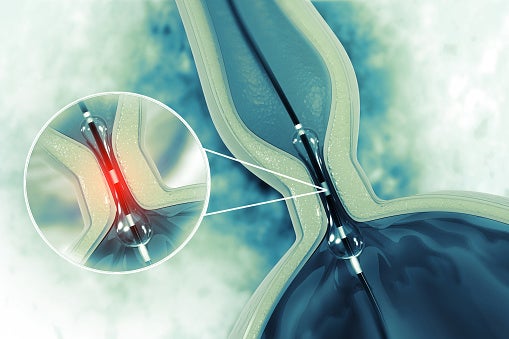Vascular Interventional Radiology
Schedule an Appointment - 919-350-7226 How Vascular Interventional Radiology Works
How Vascular Interventional Radiology Works
Vascular interventional radiology uses minimally invasive procedures to diagnose and treat diseases. Interventional radiologists use imaging such as CT, ultrasound, MRI, and fluoroscopy to help guide procedures such as inserting catheters, wires, and other small instruments and tools into your body.
Interventional radiology techniques can detect or treat conditions in almost any part of the body, without the use of a scope (camera) or open surgery. This technology allows for smaller incisions, less risk, less pain and less recovery time in comparison to open surgery.
Why It Is Used
Vascular interventional radiology may diagnose and treat many common conditions, including:
- Back pain
- Blockages in the arteries and veins
- Cancer
- Dialysis access
- Infertility (male and female)
- Kidney problems
- Liver problems
- Peripheral artery disease
- Uterine fibroids
- Varicose veins
- Vascular disease
It encompasses a variety of procedures, including:
- Angiography, angioplasty and stent placement
- Breast biopsy
- Embolization to control bleeding
- Feeding tube placement
- Needle biopsies of organs, such as the lungs and thyroid
- Tumor ablation
- Uterine fibroid embolization — also called uterine artery embolization
- Venous access catheter placement, including ports and PICCs
- Vertebroplasty and kyphoplasty
What to Expect
The process for each vascular radiology procedure is different. In all cases, the interventional radiologist will make either no incision at all or a very small one.
Most people need only moderate sedation to help them relax during the procedure, and patients rarely need to stay in the hospital following the procedure.